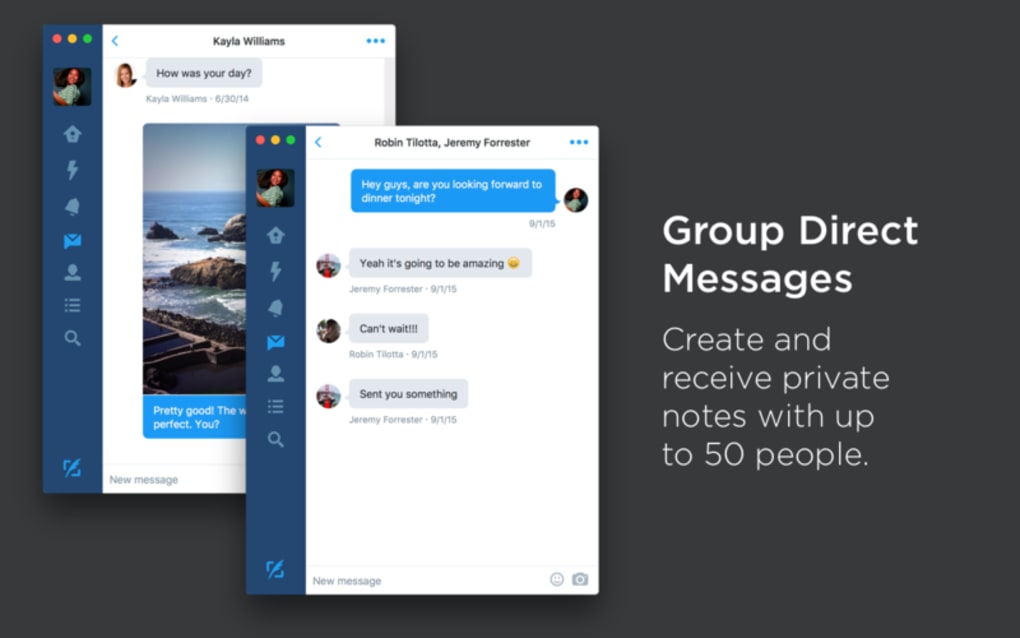


With only 128GB of disk space on the MacBook Air, it’s a notable wasted space for a small purpose. The first time I came across a folder with OmniDiskSweeper, which was a great tool for finding large files and folders on my Mac hard drive, and was found to be 8GB. It’s possible that caching a ridiculously large image may allow the app to run somewhat faster when scrolling through ancient tweets, but for me, that doesn’t guarantee a potentially large directory size. Trash /) or even / dev / null /, but only to lock the folder from the Finder enough to prevent images from being saved.Īs far as I can tell, nothing in that “-images” folder is necessary, and deleting the content will have no effect on Twitter or anything else. Users who are happy with the command can use the technical approach by implementing a symbolic link from the /-images/ folder directly to the user’s trash (at ~ /. You can view the folder now and even with a very busy Twitter stream, cache files are not stored in that cache directory. Close Twitter.app, let it sit closed for about a minute, and then restart it (this cache will be cleared from memory).Select the Locked check box to enable it, and then close the Retrieve Information window.Select the folder “-images” and press Command + i under “Get Information” from that directory.~ / Library / Containers / -mac / Data / Library / Caches /


You can prevent the Twitter app from saving this cache by locking the folder. Tired of deleting cache files manually? Me too. Prevent the Twitter app from saving cache files If you’re an active Twitter user who uses the livestream update feature and you plan to trash this folder often, you may want to make it an alias somewhere so you can clear the content manually or continue to the next step and just prevent the app from keeping all the junk at first.


 0 kommentar(er)
0 kommentar(er)
